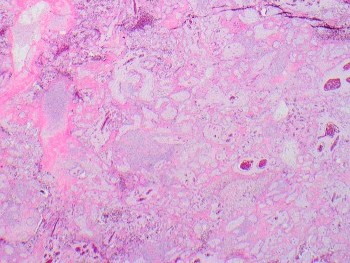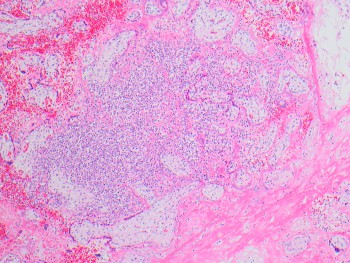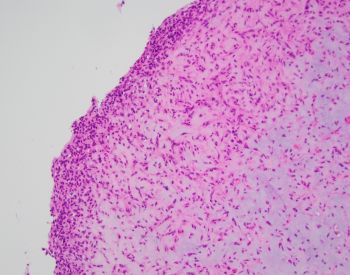Case of the Week
- Details
Case History:
81-year-old female with a remote history of follicular lymphoma was undergoing evaluation for possible disease recurrence when an incidental right breast mass was identified.
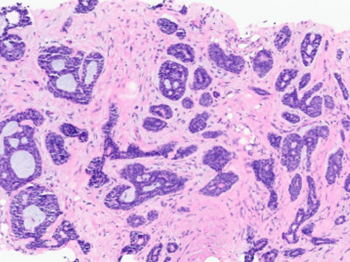
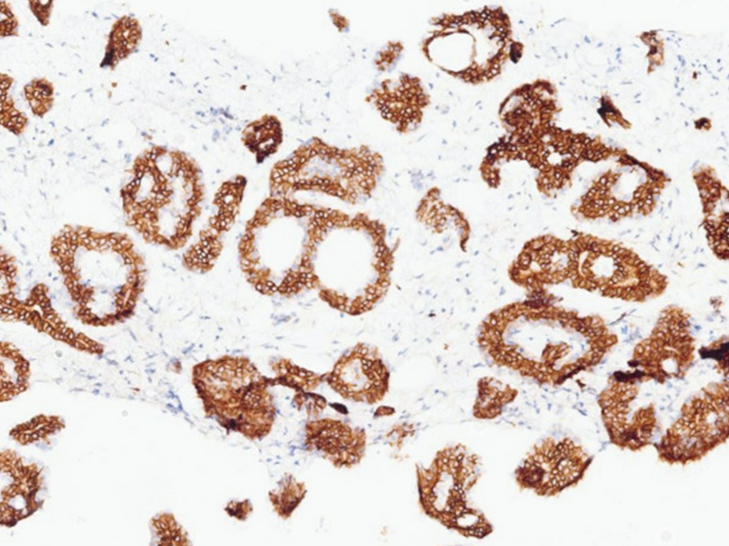
- Details
Case History:
67 yo Male diagnosed with type 2 diabetes, A1c=13.0, PMH of septoplasty to correct deviated septum. Presents with 1 month of worsening headache, left sided blindness, and hemifacial paralysis. NE biopsy revealed diagnosis:


- Details
Case History:
17-year old male with right neck and axillary lymphadenopathy. Excisional biopsy of the right neck lymph node was performed:

- Details
Case History:
51-year-old female undergoing resection of a left adrenal cortical adenoma was incidentally found to have a periaortic retroperitoneal mass during surgery.


